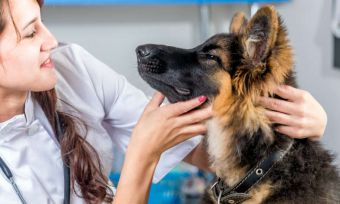Petmed Pet Insurance
Compare Petmed pet insurance
The table below displays a snapshot of pet insurance policies with accident and illness cover on Canstar’s database with links to Petmed’s website, sorted by Star Rating (highest to lowest). These results are based on cover for a one-year-old medium dog breed.
What types of pet insurance does Petmed offer?
Petmed offers two main types of pet insurance – ‘Young Pets’ cover, and ‘Seniors’ cover. It also offers the option to add ‘Wellness Care’ or Routine Care Cover to any consumers who take out cover, for only $5/month.
If you’re unsure as to which kind of pet insurance is most appropriate for you, or would like to better understand the different levels of cover, check out our guide to the different kinds of pet insurance.
What breed of pets does Petmed pet insurance cover?
The Petmed pet insurance policy only covers domestic cats and dogs. However, if it believes that your cat or dog is unlawfully kept (for example, security dogs or racing greyhounds), it has the right to refuse cover.
How do you take out pet insurance from Petmed?
You can purchase a Petmed pet insurance policy, either online, or over-the phone by calling call Petmed on 1300 732 172. It takes less than 10 minutes to receive a quote online.





